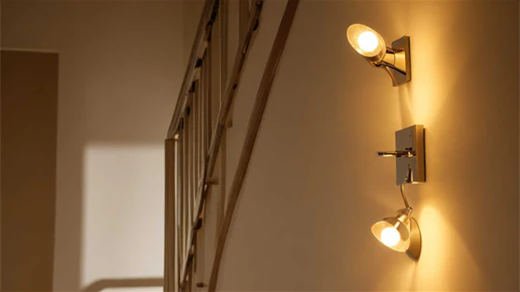Choosing the right lumen for hexagon lights is crucial for optimal lighting. Hexagon lights are popular for their unique design and versatility, but their effectiveness depends on the correct brightness. The right lumens ensure hexagon lights provide sufficient illumination without being too harsh or dim, creating a comfortable and functional environment. Understanding the lumen requirements for hexagon lights based on room size and purpose maximizes their benefits, enhancing both aesthetics and practicality. Proper lighting can prevent eye strain and glare, making hexagon lights both stylish and practical.
When considering the lighting needs for any room, the type and purpose of the light play a crucial role. Hexagon lights, with their unique design and versatility, can serve multiple purposes:
- Ambient Lighting: Provides general illumination that fills the entire room with a soft, overall glow.
- Task Lighting: Offers focused light for specific activities such as reading, cooking, or working.
- Accent Lighting: Highlights particular areas or objects to enhance aesthetics and create visual interest.
Lumens Based on Room Size and Purpose
To determine the appropriate lumens for hexagon lights, consider the size of the room and the intended use of the lighting:
- Ambient Lighting:
- Small Room (e.g., bedroom, 100-150 sq ft):
Total lumens needed: 2000-4500 lumens
Per Light (using 5 hexagon lights): 400-900 lumens each
- Medium Room (e.g., living room, 200-300 sq ft):
Total lumens needed: 4000-9000 lumens
Per Light (using 10 hexagon lights): 400-900 lumens each
- Large Room (e.g., large living area, 400+ sq ft):
Total lumens needed: 8000-12000 lumens
Per Light (using 15 hexagon lights): 533-800 lumens each
2. Task Lighting:
- Kitchen or Work Area (50-100 sq ft):
Total lumens needed: 5000-7000 lumens
Per Light (using 5 hexagon lights): 1000-1400 lumens each
3. General Room Lighting:
- Small Room (e.g., bedroom, 100 sq ft):
Total lumens needed: 2000-3000 lumens
Per Light (using 4 hexagon lights): 500-750 lumens each
- Medium Room (e.g., living room, 200 sq ft):
Total lumens needed: 4000-6000 lumens
Per Light (using 8 hexagon lights): 500-750 lumens each
- Large Room (e.g., large living area, 400 sq ft):
Total lumens needed: 8000-12000 lumens
Per Light (using 12 hexagon lights): 667-1000 lumens each

Calculating Lumens
- Measure the Room: Calculate the square footage of the space to understand the lighting needs.
2. Choose Lumens per Square Foot:
- Ambient Lighting: 20-30 lumens per sq ft
- Task Lighting: 50-70 lumens per sq ft
- General Lighting: 20-30 lumens per sq ft
3. Calculate Total Lumens:
Example for a 10x10 ft room (100 sq ft):
General lighting: 100 sq ft x 20-30 lumens per sq ft = 2000-3000 lumens
4. Divide by Number of Lights:
Using 6 hexagon lights:
2000-3000 lumens / 6 = 333-500 lumens per light
Additional Considerations
When choosing the right hexagon lights, several additional factors should be taken into account:
- Color Temperature: The color temperature of the lights can significantly affect the ambiance of the room:
Warm White (2700K-3000K): Creates a cozy and relaxing atmosphere, ideal for bedrooms and living rooms.
Cool White (3500K-4100K): Provides an energizing effect, suitable for kitchens and workspaces.
Daylight (5000K-6500K): Mimics natural light, perfect for work areas and bathrooms where clarity is essential.
- Dimming Options: Dimmable hexagon lights offer flexibility, allowing you to adjust the brightness to suit different activities and moods.
- Light Distribution: The arrangement of hexagon lights can optimize light spread and enhance the aesthetics of the space. Creative patterns can also add a decorative element to the room.
- Energy Efficiency: LED hexagon lights are known for their energy efficiency, providing more lumens per watt and reducing energy consumption while delivering bright, effective lighting.
Conclusion
To determine the right lumens for hexagon lights, it is essential to consider the room size and the purpose of the lighting. By calculating the total lumens needed and dividing by the number of hexagon lights, you can achieve optimal brightness and efficiency. Additionally, factors such as color temperature, dimming capabilities, light distribution, and energy efficiency should be taken into account to create the desired lighting environment. Hexagon lights offer a versatile and stylish solution for various lighting needs, making them a popular choice for both residential and commercial spaces.


































Leave a comment
This site is protected by hCaptcha and the hCaptcha Privacy Policy and Terms of Service apply.